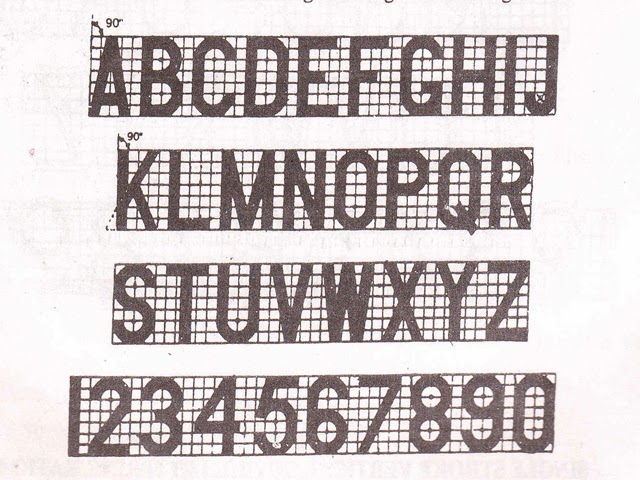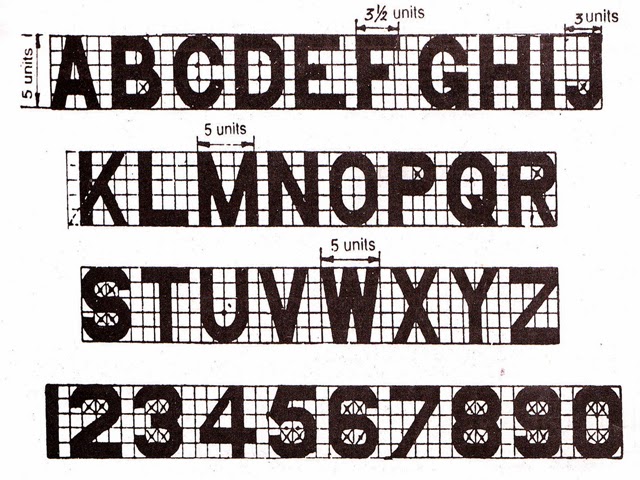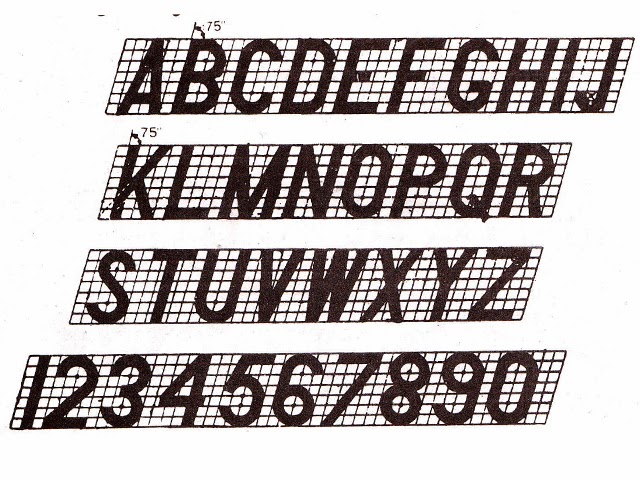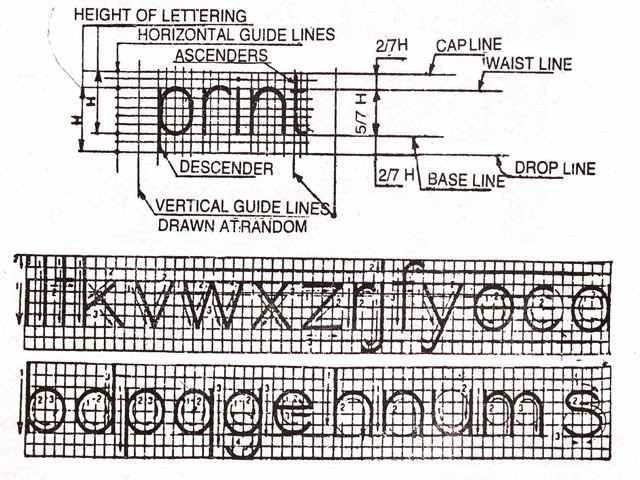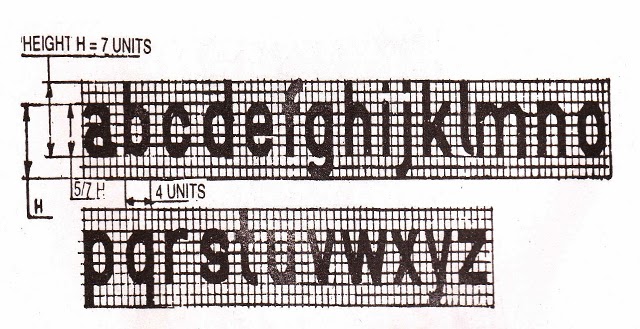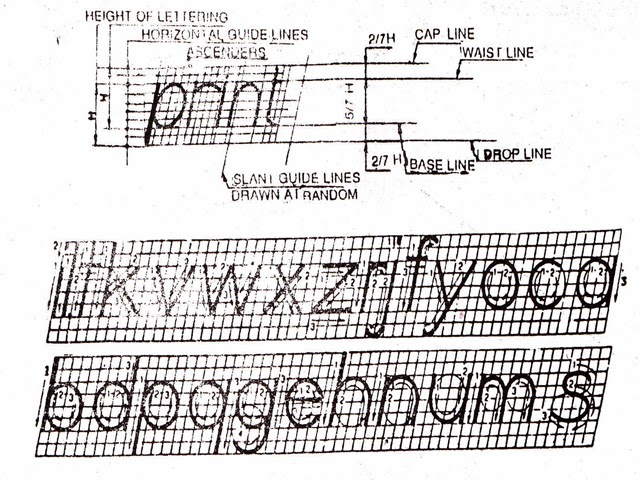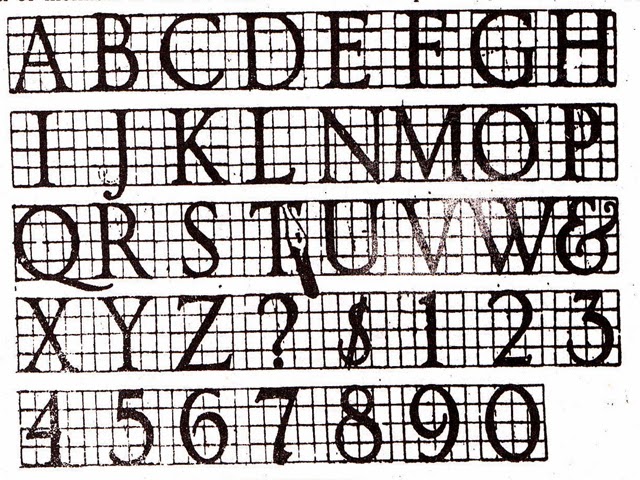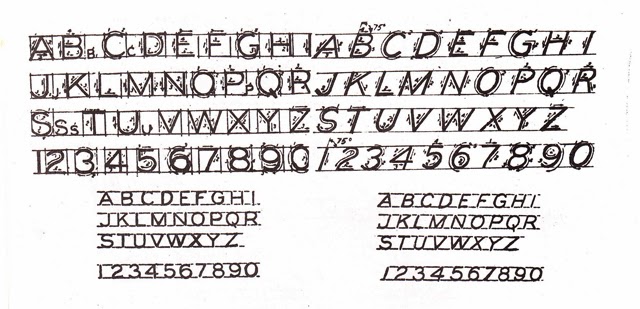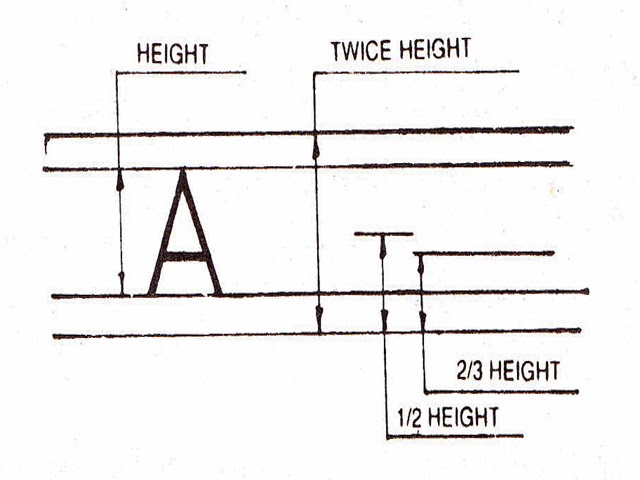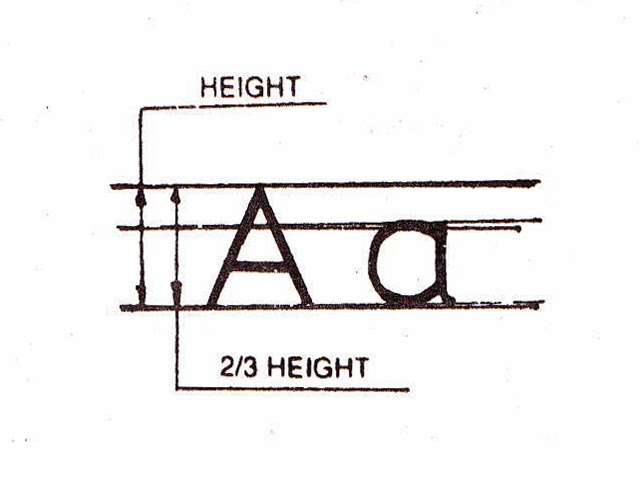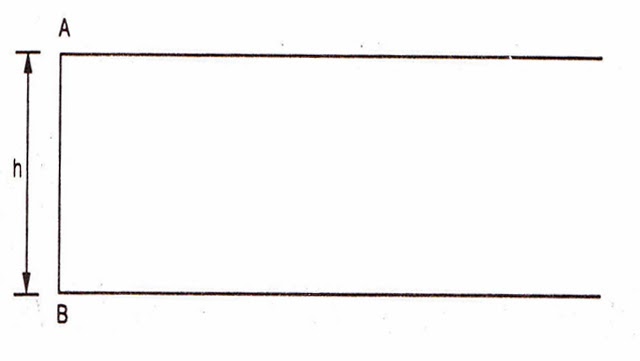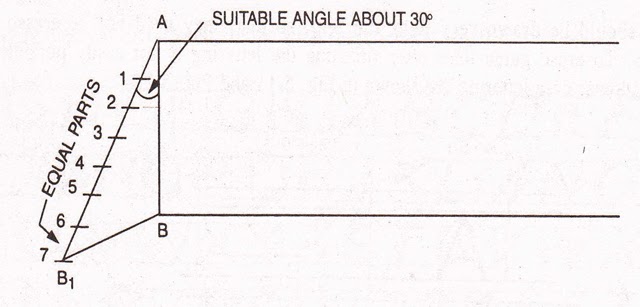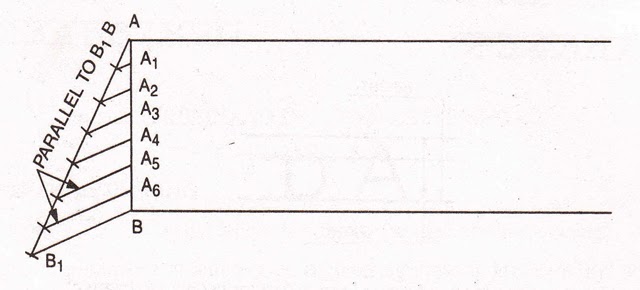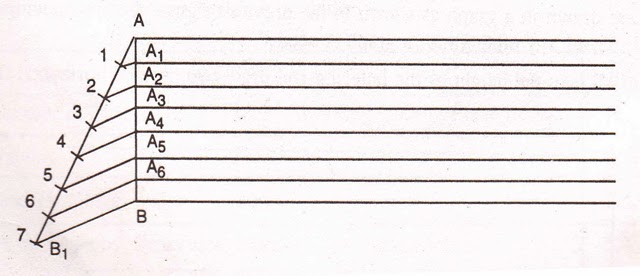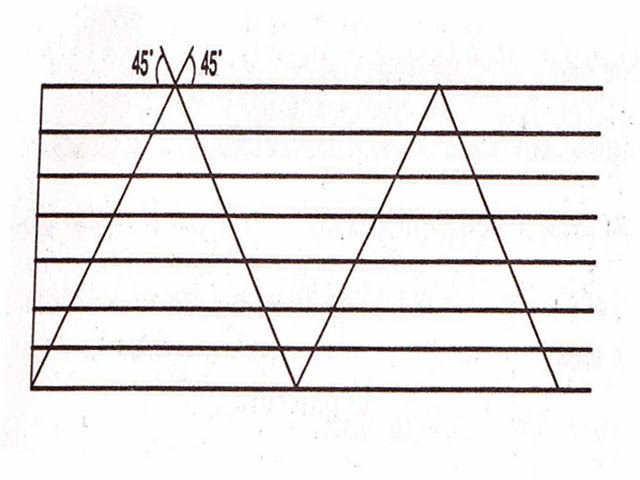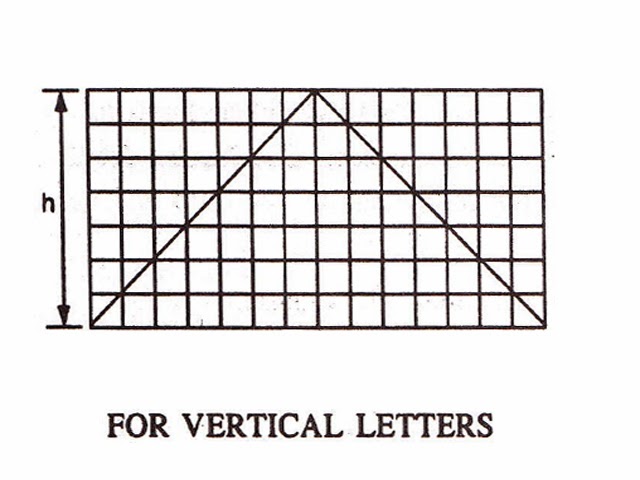In topic we discussed pens that are used primarily for freehand lettering. At times, however, you will be tasked with preparing drawings, charts, maps, or signs that require the use of mechanical lettering. When we refer to mechanical lettering, we mean standard uniform characters that are executed with a special pen held in a scriber and guided by a template. Mechanical lettering does not normally require the use of lettering guidelines. You will use mechanical lettering principally for title blocks and notes on drawings, marginal data for special maps, briefing charts, display charts, graphs, titles on photographs, signs, and any other time that clear, legible, standardized lettering is required. It should be noted that freehand lettering is the required lettering on most of your drawings;mechanical lettering should be confined to special uses similar to those described above. The availability of mechanical lettering devices should not deter you from the daily practice required to execute freehand lettering. With continuous practice you will become proficient with both mechanical and freehand lettering.
One of the most popular types of mechanical lettering sets is the LEROY lettering set. A
standard Leroy lettering set consists of a set of templates, a scriber, and a set of pens.
Templates
Templates are made of laminated plastic with the characters engraved in the face so that the lines serve as guide grooves for the scribe. The height of the characters, in thousandths of an inch, is given by a number on the upper right-hand side of the template. For example, 3240-500CL indicates a No. 500 template. The entire number and letter designation identifies the template in the manufacturer’s catalog. The range of character heights offered by a standard set of templates is from 80 (0.08 in. or 5/64 in.) to 500 (0.5 in. or 1/2 in.). The scale at the bottom of each template has the zero in the center and is arranged for proper spacing in relation to character heights. The distance between each scale division represents the center-to-center distance of normal-width letters.
Pens
A standard set of pens for producing various line weights consists of 11 sizes ranging from 000, the finest, to 8. Each pen is composed of two parts: the ink reservoir and the cleaning pin. The reservoir is a series of connected tubes of decreasing diameters, the smallest establishing line thickness. The cleaning pin acts as a valve, protruding beyond the edge of the bottom tube when the pen is not touching the drawing surface. In this position, no ink flows. When the pen is resting on a drawing surface, the cleaning pin is pushed up, allowing a flow of ink. Action of the pin in the tube minimizes ink clogging.
NOTE: As stated in chapter 2, some reservoir pens are made so the point section will fit in a Leroy scriber. They have become popular with the SEABEEs (and widely used over the standard pens contained in the Leroy lettering set), especially for long hours of uninterrupted lettering. A SCRIBER holds the pen in alignment and controls its motion as the tracing pin is guided through the character grooves of the template. Two types of scribes are available: adjustable and
fixed. An adjustable scriber produces letters with any slant from vertical to 22 1/2 degrees forward from a single template; a fixed scriber produces only vertical letters. Both scribers consist of a tracing pin, pen socket, socket screw, and a tail pin. Figure 3-59 shows a fixed scriber. The tracing pin on most Leroy scribers is reversible, One point is used with fine groove templates (Nos. 060, 080, and 100), and the other point is for wider groove templates (No. 120 to No. 500).


